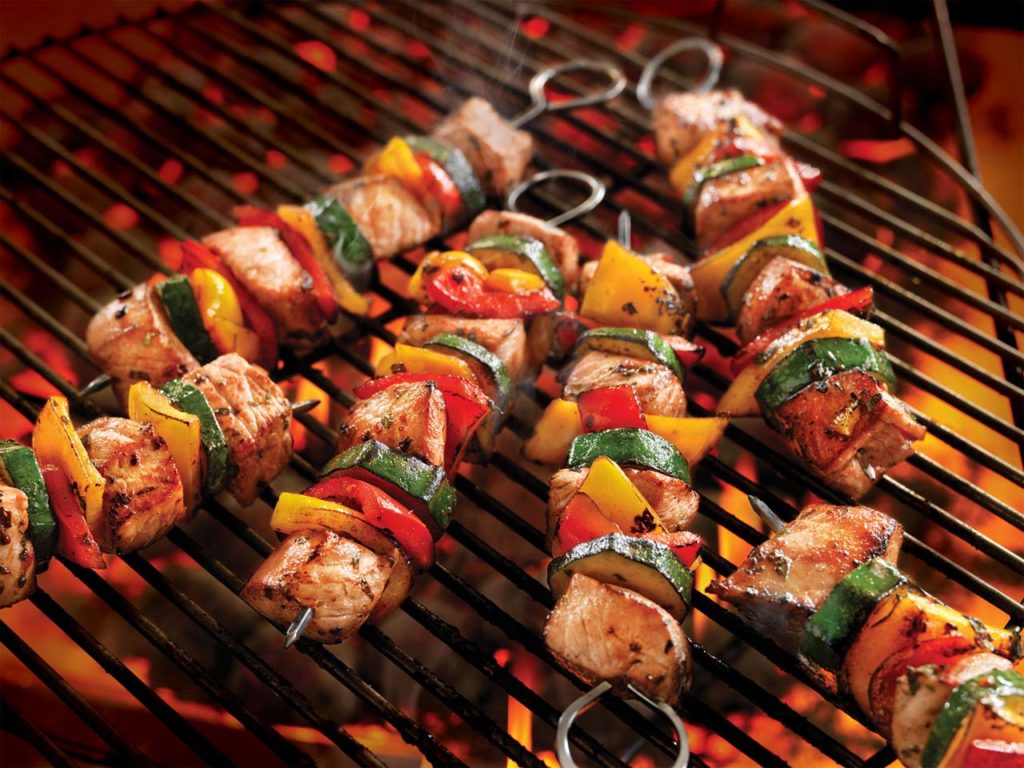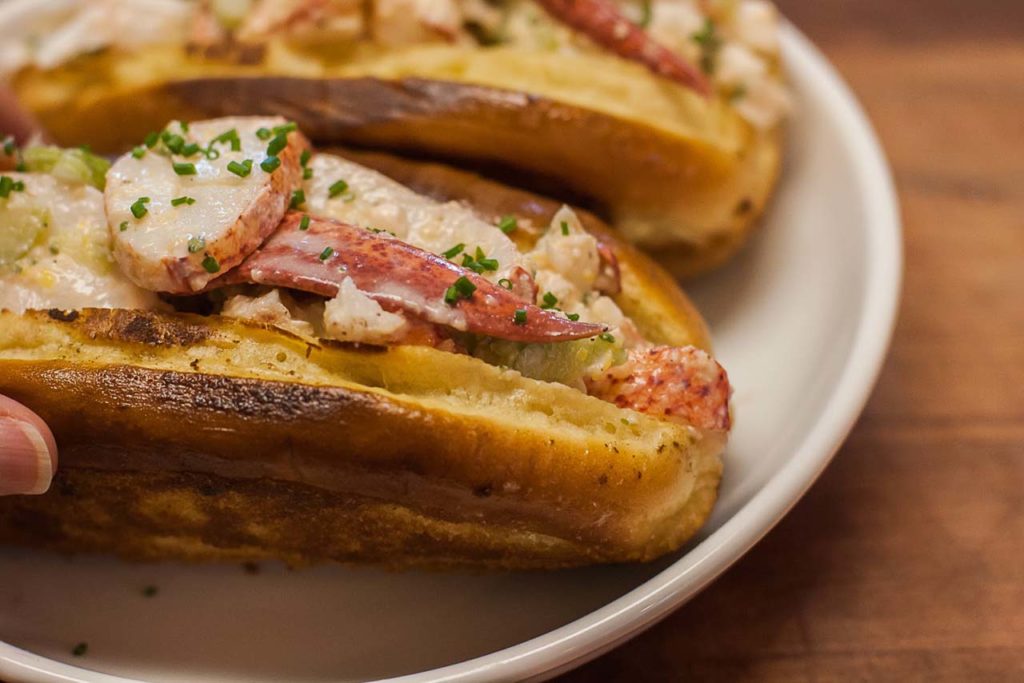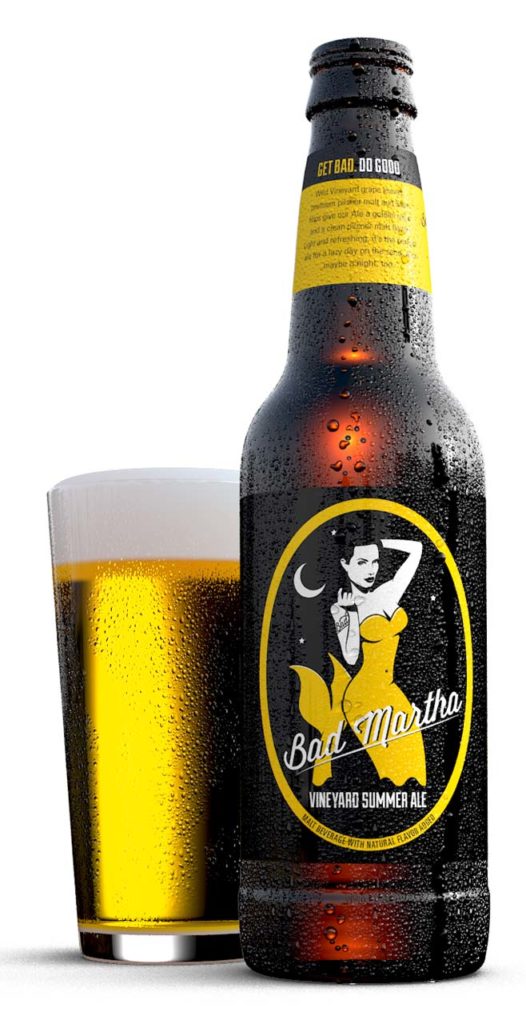An island pitmaster on best BBQ practices, and how to make your lobster roll an even greater delight
PITMASTER SECRETS
Partly in celebration of May being both National Barbecue Month and National Hamburger Month, the time seemed right for a few basics about proper grilling.

First, if at all possible, go with a charcoal or wood fire. I recognize the convenience of a gas grill, but even the best of them don’t impart the same flavor. Natural open flame and smoke also bring out flavor within the food itself in a chemical process that isn’t similarly available when gas grilling.
If using charcoal, consider a chimney starter, which facilitates building a fi re in seconds and coals ready for cooking within 15 minutes. It both combines the right fuels (charcoal and wood chunks, principally) and a suitable draft. A good thermometer is also key, of course.
Purists argue over briquettes (made from pressed wood scraps) versus lump charcoal (made from whole wood) and in my opinion the latter embraces the best of both kinds. But much more important is keeping a consistent temperature. (Keep that lid on! Fine tune with air vents instead.) If the decision is to go for a fire using actual wood, fruitwoods and hardwoods are best burning cleaner and imparting subtle flavors. (Softwoods like pine and other evergreens tend to give an off flavor.)
Also consider the vast options available to you on a barbecue, including pizza, roasting whole chickens and turkeys, and of course, summer vegetables!
Anthony Valois, pitmaster at Corner House BBQ.
MIRACLE IN A BUN
Nothing is more enjoyable than a lobster roll eaten outdoors with the sun on your shoulders and a light breeze in the air. Some tips on preparing this perfect New England style beach snack:
The Lobster: Use hard shell varieties from the Northeast Coast Long Island all the way up to Nova Scotia. Use 1 ¼ lb. lobsters, as they are the sweetest and most tender (commonly referred to as “chicks”)

Perfect Poach: It’s vital not to overcook the delicate meat. Prepare a court bouillon (flavored broth) with bay leaf, mirepoix, lemon, and peppercorns. Bring to a hard boil, then drop lobster in, wait a minute, and turn off the burner. Let sit for 20 minutes (residual heat will perfectly poach the meat).
The Bread: A split top hot dog bun is the best choice. Spread salted butter on each side and brown in a non stick pan.
The Dressing: Traditionally, New England Lobster rolls include mayonnaise, celery, and lemon. Keeping those flavors in mind, I like to give mine a boost combining mayonnaise, fresh tarragon, lemon zest, celery seed, celery salt, and chives.
Other Prep Details: It’s important to cut the lobster tail, knuckle, and claw into ½ oz. size pieces. Toss chilled meat with dressing. Julienne some cucumber (remove seeds) and layer in the bottom of a butter toasted split top bun. Spoon lobster salad on top of cucumber, then top with diced chives. Grab a glass of chardonnay and enjoy!
Chef Peter Botros
The Stone House at Clove Lakes/Chef’s Loft, 1150 Clove Road, thestonehousesi.com; Violette’s Cellar, 2271 Hylan Boulevard, violettescellar.com; Sofia’s Taqueria, 977 Bay Street, sofiastaquerianyc.com; Corner House BBQ, 100 Lincoln Avenue, cornerhousebbq.com
WHAT ALES US?
In our humble estimation, nothing complements the first (or last, for that matter) few days of summer like a brightly colored, fruit infused, crisp, clean ale. A category in their own right now, “summer ales” continue to grow in popularity and are staple seasonal items for almost all craft beer purveyors. These gems are must haves for restaurants, ballparks, and boardwalks, as they not only compliment a myriad of summer dishes, but encourage diners to maximize enjoyment of them.

Summer ales tend to be pale in color, contain a high level of wheat, and are quite hoppy. A detail further separating them from other seasonal or more typical beers is that they present flavors such as lemon zest and orange peels, strawberries, lime, mango, watermelon, hibiscus, ginger, and mint. Brightness is the operative attribute! — Chef Peter Botros

